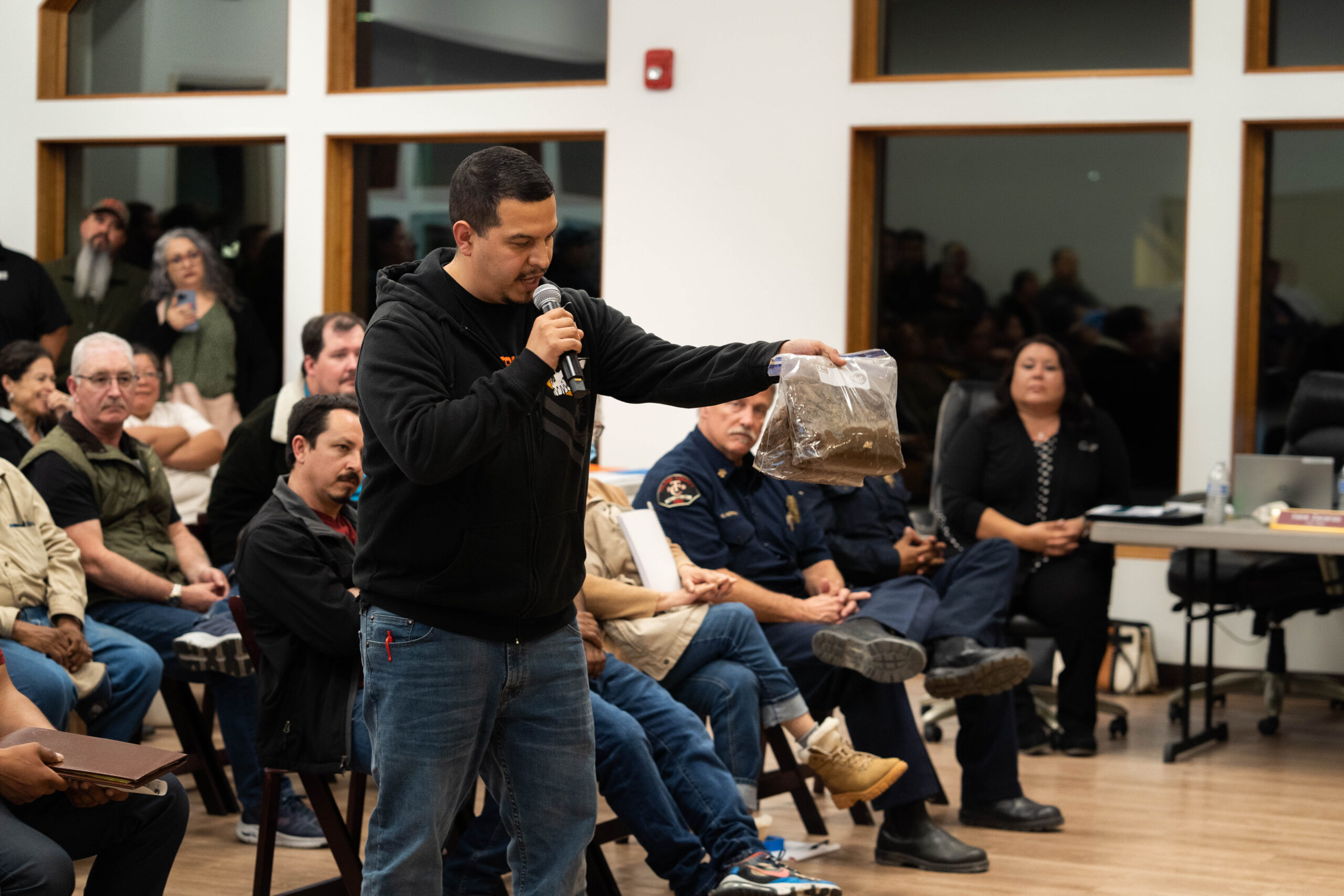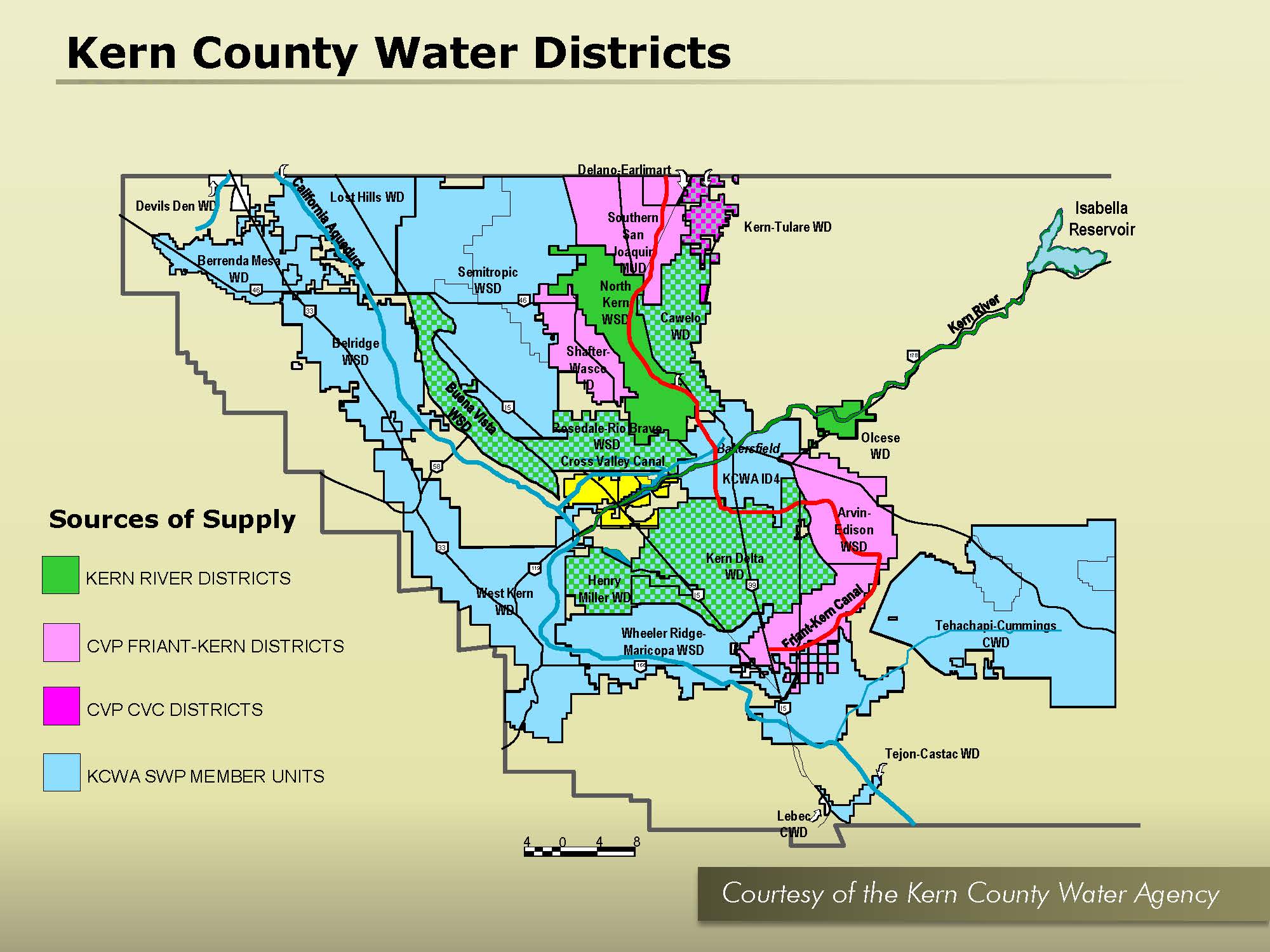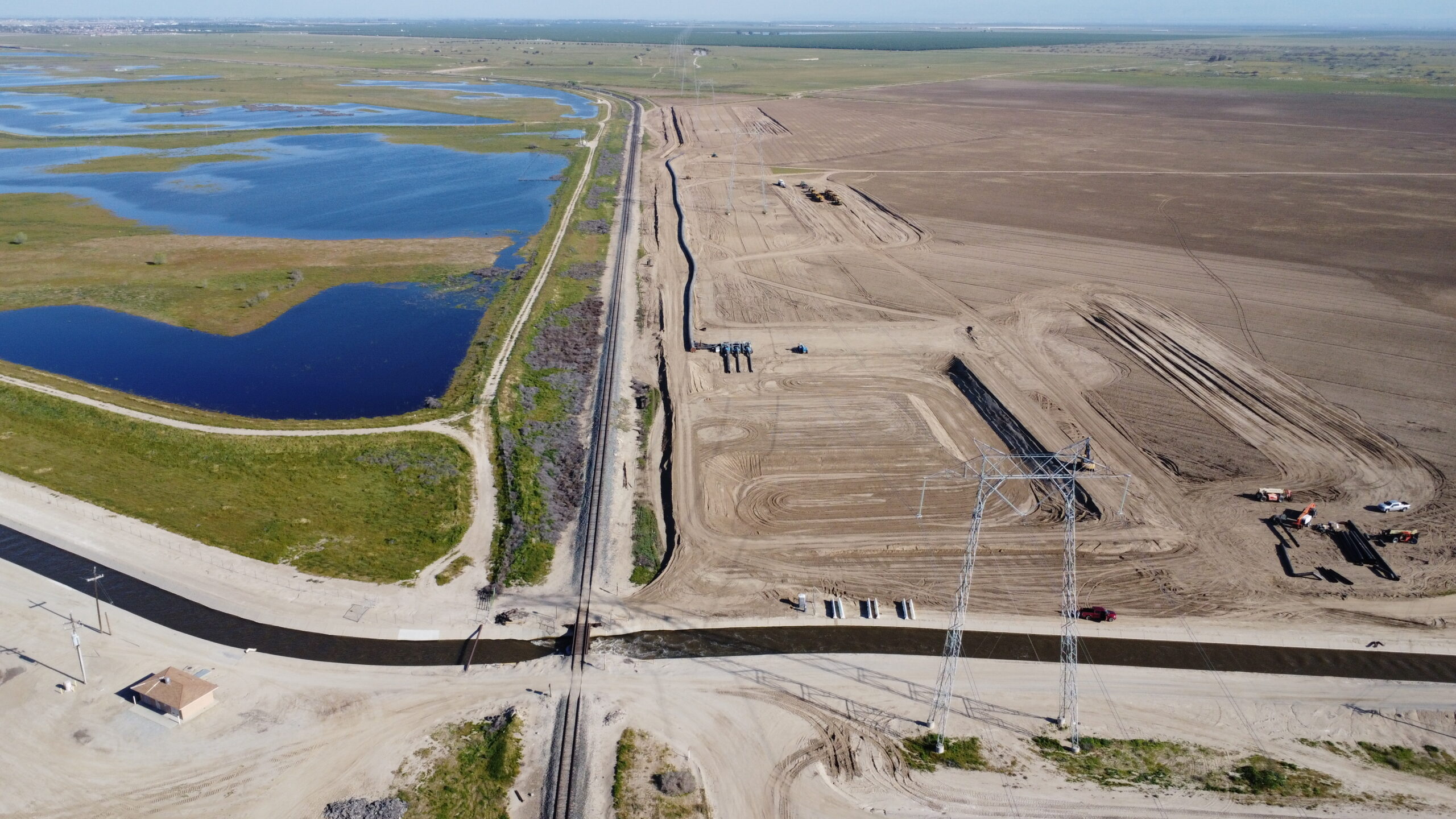Is the State Water Project’s extremely low water allocation based on California’s fickle climate? Or politics?
A growing chorus of frustrated water managers are wondering.
After a dry January, the Department of Water Resources announced it would only be able to deliver 15 percent of contracted water amounts to farms and cities.
That number hasn’t changed despite a spate of storms in late March and April.
“We’re all just scratching our heads,” said Mark Mulkay, General Manager of the Kern Delta Water District. “We’re looking at snowpacks in the 60 to 70 percent range but we’re stuck at 15 percent?
He said DWR staff says the models don’t support increasing the allocation.
“But every other year when we’ve had snowpack in this range, we’ve received 30 to 35 percent of our contracted amount,” he said. “Who’s dragging their feet here?”
Kern Delta and several other Central Valley water districts and cities sent a letter to Gov. Newsom in late March requesting the allocation be changed to 35 percent.
The college try
Some of those water managers even managed to wrangle a conference call with Natural Resources Secretary Wade Crowfoot and DWR Director Karla Nemeth on April 17.
“They indicated they would take our information into consideration and make a decision within the week,” said Justin Mendes, a regulatory specialist with Tulare Lake Basin Water Storage District.
It’s not just farms that will be hurt, Mendes said. Some small valley towns rely almost exclusively on SWP water.
For instance, he said, Kettleman City has a contract through Kings County for 900 acre feet a year from the SWP. At minimum, the town needs 300 acre feet to meet the needs of its residents.
“So, Kettleman City can’t meet its demands at 15 percent. It needs a 30 percent allocation,” Mendes said. “Those are the kinds of baseline numbers we went over.”
A few days later, in a call with State Water Contractors on April 21, DWR staffers said they were sticking at 15 percent.
“It looks like our arguments were unsuccessful,” Mendes said.
Requests from SJV Water to speak with Nemeth, or someone at DWR, about the 15 percent allocation were still awaiting a response by post time Tuesday.
It’s just really dry, really
Craig Wallace, the SWP Manager for Kern County Water Agency, said the problem is it was drier than normal, in general, throughout the state.
And it was very dry in key parts of northern California.
DWR’s 15 percent allocation is based on a number of factors, including snowpack and precipitation particularly in the watershed that feeds the Feather River, which pours into Lake Oroville.
Following DWR’s early April snowpack measurements, runoff for the Feather River was forecast at only 59 percent of normal.
We did have a number of good, cold storms throughout April. But those fell mostly in the central and southern part of the state.
The result of that weather pattern shows up in another important DWR forecasting tool known as the 8-station index. The index includes precipitation sensors in, as you might guess, eight locations in northern California from Mount Shasta City down to Pacific House.
Average yearly precipitation among those sensors is close to 50 inches by this time.
Right now, the index is showing only 27 inches, Wallace explained at the Kern County Water Agency Board of Directors meeting last week.
“The moral of the story is it’s dry,” Wallace said. “Very dry.”
Two drivers – one car
Wallace told Kern County Water Agency directors last week that DWR staffers have said they will be as flexible as possible in their operation of the Sacramento-San Joaquin Delta considering the low allocation.
“If ever there was a year to be flexible, it’s now,” Wallace said.
The state has been at odds over delta operations with the federal Bureau of Reclamation, which adopted operational guidelines, called biological opinions, in order to protect threatened and endangered fish species that the state disagreed with.
The state not only sued the federal government over the biological opinions, but adopted its own operational guidelines last month.
How the two operation manuals, so to speak, will work in concert remains to be seen.
Some observers have wondered if that swirl of politics has anything to do with DWR’s stance on keeping its allocation at 15 percent.
“I just don’t understand why they haven’t increased it by at least 10 percent,” said Agency Director Marty Milobar at last week’s meeting. “It seems to me, (DWR staffers) are just following the Governor’s lead and they’re just going to flush all that water out.”
DWR will conduct its final snow survey of the year on Thursday and should have results by midday, according to a DWR press release.
If the number stays at 15 percent, water managers noted the inaugural year of the state’s new Sustainable Groundwater Management Act will be marked by a lot more groundwater pumping.
“Oh, there’s going to be a ton of pumping. With a 15 percent allocation, no body has enough water (saved in reservoirs) to avoid pumping,” said Kern Delta’s Mulkay. “Welcome to the party.”
Share this:
- Click to share on Facebook (Opens in new window)
- Click to share on Twitter (Opens in new window)
- Click to share on LinkedIn (Opens in new window)
- Click to share on Reddit (Opens in new window)
- Click to share on Tumblr (Opens in new window)
- Click to share on Pinterest (Opens in new window)
- Click to share on Pocket (Opens in new window)
- Click to share on Telegram (Opens in new window)
- Click to share on WhatsApp (Opens in new window)
- Click to print (Opens in new window)






